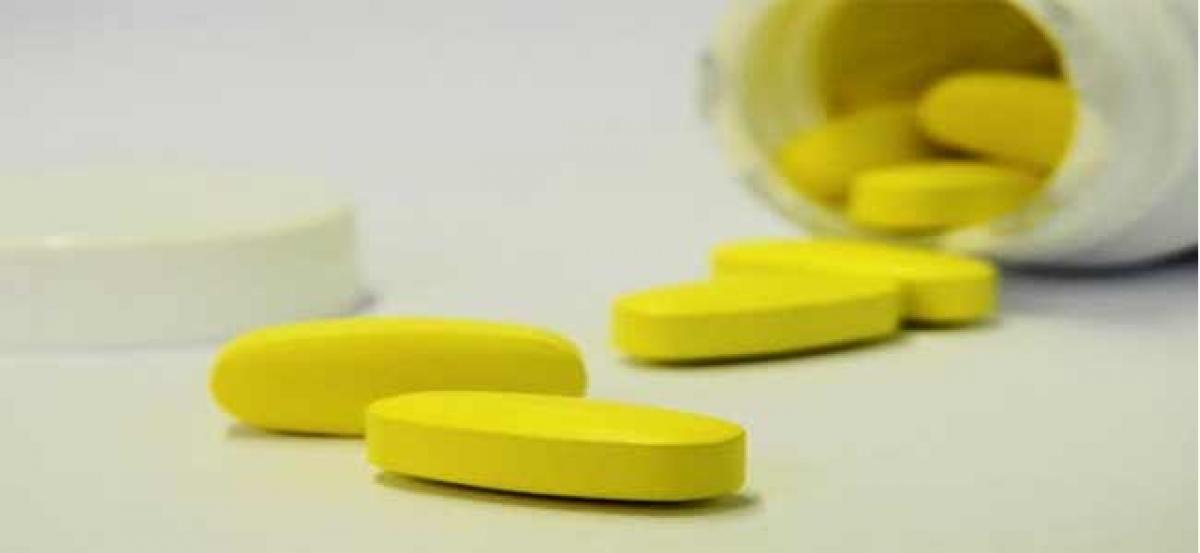Live
- Pawan Kalyan to Launch Development Programs in Pithapuram on Friday
- BJP expresses condolence over death of 6 devotees
- Arrangements reviewed for Kotappakonda Tiranalu
- Pvt contractors protest over unpaid bills at GHMC
- Young skating prodigy sets sights on Asian Championship
- TG govt to pay salaries to all GP staff every month
- AIS women officers to inspect state-run girls resi. schools
- Free plastic surgery camp from January 17-30
- GHSPCA volunteers to rescue birds injured by Chinese manja
- Sankranti curbs: No kite-flying on roads, no DJ music playing in city









